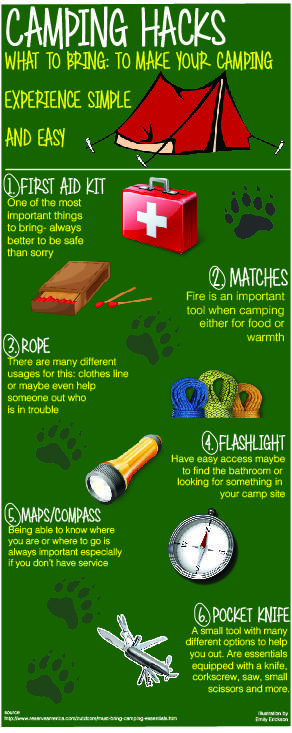Managing A Lucrative Online Camping Tents Profit Venture By Selling Camping Tents
Managing A Lucrative Online Camping Tents Profit Venture By Selling Camping Tents
Blog Article
Does Your Backpacking Outdoor Tents Need an Impact?
An impact is pricey and includes extra weight to your knapsack. It also isn't particularly resilient.
What is Boutique Camping?
Inevitably, whether an outdoor tents impact is essential relies on where and just how often you're camping. In general, it's a good idea to use one if you camp on abrasive surface areas or in wet conditions.
Tents with Lower Deniers and Waterproof Rankings
Outdoors tents with reduced deniers and water-proof rankings often tend to be lighter, yet they can additionally be extra breakable. They might call for even more regular repair work and have less interior space than harder versions. If you're an informal backpacker that likes to travel fast and light, this might be great; nonetheless, even more knowledgeable walkers understand that compromising sturdiness can come with big consequences down the route.
The denier and water-proof score of a camping tent's canopy, rainfly, and floor can help you identify its livability. Search for higher-denier materials on the cover and rainfly, along with taped joints that assist stop water from leaking with stitches. Some producers even use warmth and sealer throughout building to create a stronger joint; these are called bonded seams.
The livability of a tent can also be determined by its flooring measurements and capability. A camping tent's floor need to be a little smaller sized than the footprint to prevent water from pooling under the sanctuary.
Outdoors Tents in Rough Terrain
Numerous backpacking camping tents consist of an impact made especially for their version, which assists make sure a correct fit and safeguards the tent's base from dampness and sharp things. Various other producers sell global impacts that can be cut or folded up to match an outdoor tents's dimensions.
The type of terrain you'll run into is one more important factor to consider for picking an outdoor tents. As an example, if you'll be camping in a canyon or gully, try to find a shelter that can manage strong winds. These conditions develop disturbance that can make the difference in between appreciating your campground or suffering pain.
The capability and optimal height of a tent offer you a great idea of its livability, yet additional aspects to consider include vestibules (the section of the rainfly covering the doors) and general storage area. For example, during our wintertime testing of the Marmot Tungsten, its generous 93-by-82-inch floor conveniently managed four perspiring backpackers and their puffier shoulder period sleeping bags while still leaving ample room for gear and individuals.
Outdoors Tents in Wet Issues
Even if your camping tent appears dry, dampness prowls in the nooks and crannies. In time, it can degrade the fabric. That's why it's so vital to take advantage of rest days to deep-clean your tent and its components, such as zipper cellular linings, risk loopholes and adjustable webbing straps.
Also, make sure to pitch your outdoor tents in a level area, not a divot or concave spot, to make sure that ground water does not accumulate in between the tent flooring and impact or tarp. And if you're using a footprint, consider a custom-cut one made for your outdoor tents's layout. It won't collect rain the way a common ground cloth or tarp can.
Practice establishing and taking down your camping tent at home prior to you hit the trail, to obtain a feel for how quickly and effectively you can backyard tent do it. Also, technique scouting your outdoor tents in different surfaces to see how simple it is (or isn't) to do in bad climate condition.
Camping Tents in High-Rise Situations
Outdoors tents range in floor dimension and livability. For example, a huge tent with double doors and vestibules like Marmot's Tungsten can handle 4 backpackers without requiring acrobatics to get in and out or to save gear.
The minimal route weight spec is the best specification to compare designs, as it consists of the bare essentials: tent body, rainfly and posts. But bear in mind that the specification excludes camping tent risks, man lines and things sacks.
Most backpacking tents can hold up to a light summertime tornado, yet some can be swept away by gale-force gusts. Look for a model with solid posts, an elevated bathtub-style floor and seam taping to reduce the possibility of water seeping with. Costlier designs likewise have a tendency to include more powerful materials that can withstand the influence of particles and other forces.
What benefits can you get in camping?
